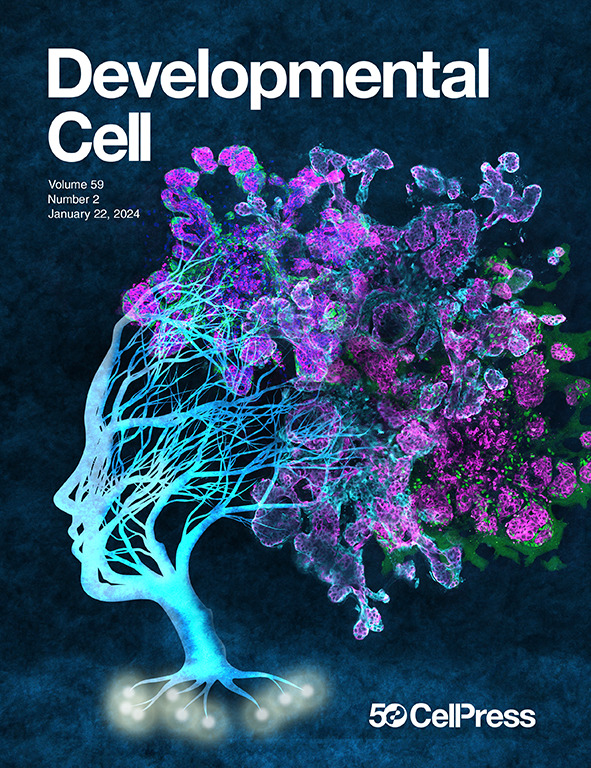通过代谢操纵劫持植物免疫的新细菌策略
IF 8.7
1区 生物学
Q1 CELL BIOLOGY
引用次数: 0
摘要
Yuan等人在本期《发育细胞》中探讨了致病菌丁香假单胞菌如何调节植物代谢,特别是通过甲基乙二醛(MG)积累来抑制拟南芥的免疫反应。通过影响关键蛋白TTM2和CAT2,病原菌降低过氧化氢水平,削弱植物防御机制,促进感染。本文章由计算机程序翻译,如有差异,请以英文原文为准。
Novel bacterial strategy to hijack plant immunity through metabolic manipulation
In this issue of Developmental Cell, Yuan et al. explores how the pathogenic bacterium Pseudomonas syringae modulates plant metabolism, particularly through methylglyoxal (MG) accumulation, to suppress immune responses in Arabidopsis. By affecting key proteins TTM2 and CAT2, the pathogen reduces hydrogen peroxide levels, weakening plant defense mechanisms and promoting infection.
求助全文
通过发布文献求助,成功后即可免费获取论文全文。
去求助
来源期刊

Developmental cell
生物-发育生物学
CiteScore
18.90
自引率
1.70%
发文量
203
审稿时长
3-6 weeks
期刊介绍:
Developmental Cell, established in 2001, is a comprehensive journal that explores a wide range of topics in cell and developmental biology. Our publication encompasses work across various disciplines within biology, with a particular emphasis on investigating the intersections between cell biology, developmental biology, and other related fields. Our primary objective is to present research conducted through a cell biological perspective, addressing the essential mechanisms governing cell function, cellular interactions, and responses to the environment. Moreover, we focus on understanding the collective behavior of cells, culminating in the formation of tissues, organs, and whole organisms, while also investigating the consequences of any malfunctions in these intricate processes.
 求助内容:
求助内容: 应助结果提醒方式:
应助结果提醒方式:


